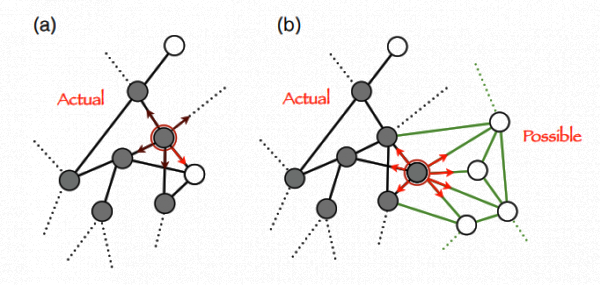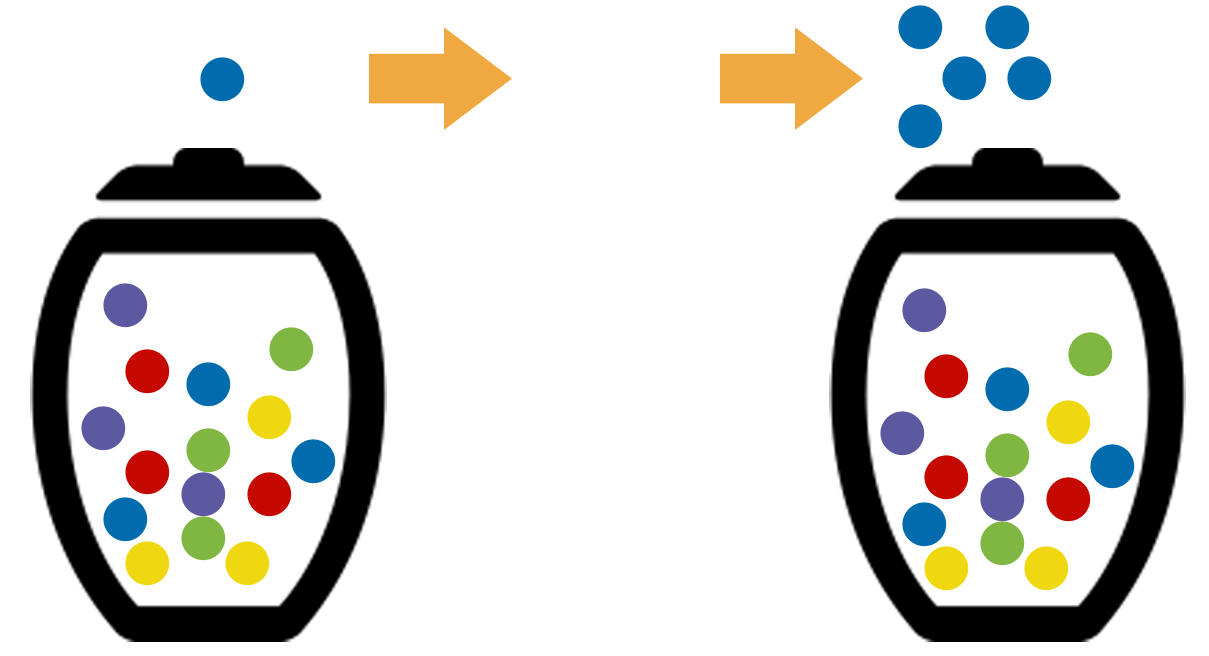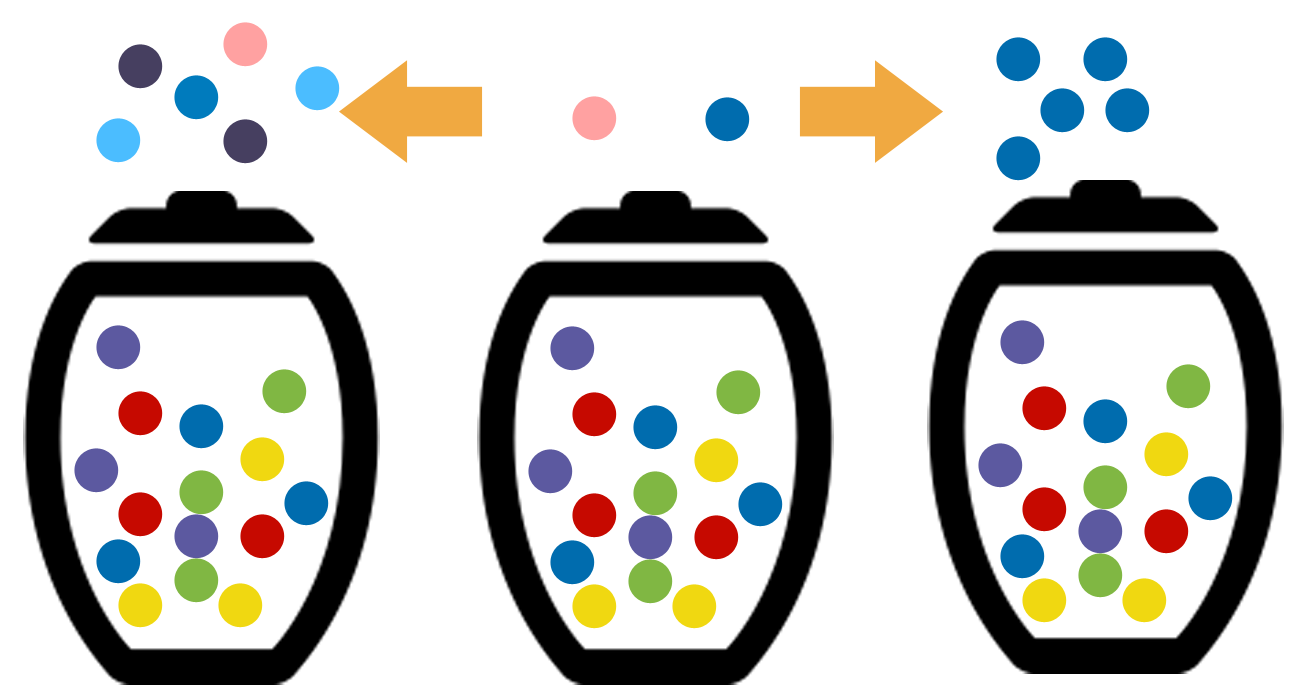How to measure Innovation
Research was done to study the mathematics of a learning organization and how it relates to innovation.
As more data is shared, a collective vocabulary is developed that expands. As a consequence, a new vocabulary, a new way of expression is created leading to greater innovation. In fact, almost all human knowledge is captured in language.
Intelligence is expressed in language. This encompasses languages that humans use today, and via complex mathematical languages all the way to machine designed languages. Deep Learning is all about using machine assisted language creation.
The rate at which innovations appear and disappear has been carefully measured. It follows a set of well-characterized patterns that scientists observe in many different circumstances. And yet, nobody has been able to explain how this pattern arises or why it governs innovation.
Today, all that changes thanks to the work of Vittorio Loreto and a few pals, who have created the first mathematical model that accurately reproduces the patterns that innovations follow.
The work opens the way to a new approach to the study of innovation, of what is possible and how this follows from what already exists.
The Adjacent Possible

The “adjacent possible” is all those things—ideas, words, songs, molecules, genomes, technologies and so on—that are one step away from what is actually there. It connects the actual realization of a particular phenomenon and the space of unexplored possibilities.
This space includes all kinds of things that are easily imagined and expected, and includes things that are entirely unexpected and hard to imagine.
What’s more, each innovation changes the landscape of future possibilities. So, at every instant, the space of unexplored possibilities—the adjacent possible—is changing. How can this be modelled??
Laws applying to Innovation
Loreto and Co. state that even with all this complexity, innovation seems to follow predictable and easily measured patterns that have become known as “laws” because of their omnipresence.
Loreto and pals started with a ‘mathematical sand box’ called Polya’s Urn. Polya’s Urn starts with an urn filled with balls of different colors; each ball is randomly picked from the urn and placed back in the same urn with a number of other balls of the same color. This increases the odds that this color will be selected in the future.

In Loreto’s experiment, if the color has been seen before, a number of other balls of the same color are also placed (see right urn). But if the color is new and has never been seen before, then a number of balls of entirely new colors are added (see left urn).

The scientists then calculated how the number of new colors picked from the urn, and their corresponding frequency distribution, changes over time.
The result was that the model reproduces Heaps’ and Zipf’s Law (power laws and frequency distribution) in the real world for the first time in mathematical history.
This model can be summed up as:
Polya’s Urn + innovation triggering
Their model has been used to predict innovations in the real world, such as:
What’s interesting is that these systems evolve into two different forms of discovery:
The interplay between old and new, actual and possible, past and future, opens the door to an entirely new context for looking at how we bring innovations into the world.
The triggering events that lead to new innovations stem from collisions, or connections, in our daily lives. These collisions are impossible to map out, but they need to be made in order for innovations to arise.
Such triggering events in a business context could be a fortuitous meeting on an airplane, launching a website in a new language, learning a new skill in an unrelated discipline, having lunch with a scientist who studies something you know nothing about.
This model demonstrates that a lot of the ideas that governments have around innovation, where they effectively try and control and mandate it, are wrong. Rather than creating barriers (taxes regulations, etc) and defining the participants (researchers, venture capitalists, etc), they need to create open ecosystems that enable such collisions between people across disciplines, countries, and languages.
They need to dismantle complex compliance procedures for taxation, create investment incentives for the retail public, and fast-track young people through universities into places where they can innovate rather than work mundane jobs.
In a world where so many industries, technologies, and social systems are changing so quickly, we need to learn to look at innovation as a science, rather than a random occurrence, and open ourselves to opportunities between the actual and the possible.
>